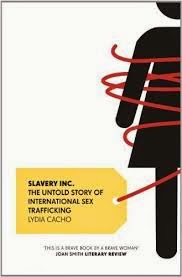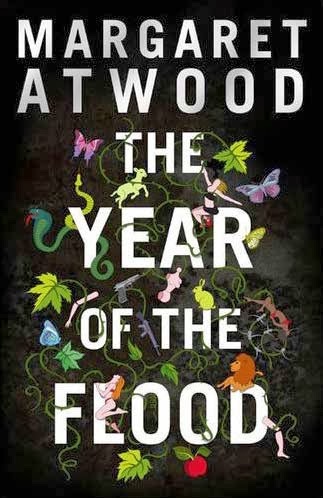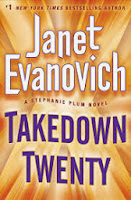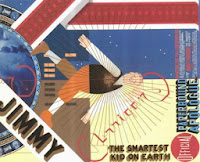In January I wrote that my priority was to finish books that I had already started, which included:
- Oryx and Crake (2003) by Margaret Atwood (Update - Read Jan 2014
- Mortality (2012) by Christopher Hitchens (Update - Read Feb 2014)
- The Cuckoo's Calling (2013) by Robert Galbraith (JK Rowling) (Update - Read Sept 2014)
- A Sport and a Pastime (1967) by James Salter

- World of Wonders (1975) by Robertson Davies
- A Feast for Crows (2005) by George RR Martin
- Wolf Hall (2009) by Hilary Mantel
- And the Mountains Echoed (2013) by Khaled Hosseini
- The Getting of Wisdom (1910) by Henry Handel Richardson
- The Slap (2008) by Christos Tsiolkas
I managed to only finish three of those books (Atwood, Hitchens and Galbraith) as I was tempted away by others. While I started and stopped all of the others, they did not hold my interest at the time but may be revisited again in the future.
Instead, I read the following in 2014, in addition to those listed above:
- Takedown Twenty (2013) by Janet Evanovich
- Jimmy Corrigan: The Smartest Kid on Earth (2000) by Chris Ware
- The Light Between Oceans (2012) by ML Steadman
- Letter to My Daughter (2009) by Maya Angelou
- Dinner at the Homesick Restaurant (1982) by Anne Tyler
- Dear Life (2012) by Alice Munro
- The Goldfinch (2013) by Donna Tartt
- Being and Being Bought - Prostitution, Surrogacy and the Split Self (2013) by Kajsa Ekis Ekman
- The Cuckoo's Calling (2013) by Robert Galbraith
- The Silkworm (2014) by Robert Galbraith
- The Narrow Road to the Deep North (2013) by Richard Flanagan
- Dress Your Family in Corduroy and Denim (2004) by David Sedaris
- This House of Grief (2014) by Helen Garner

In terms of fiction, it seems as though I read a few books on dysfunctional families, including those by Tartt, Tyler, Steadman and Sedaris. Each different in their own ways, but all demonstrating how families can move from places of love and security to fear and loathing. Of these books, Tyler's Dinner at the Homesick Restaurant was the stand-out for me - beautifully written, well crafted story.
 While I continued to read Evanovich's Stephanie Plum series, I have been keen to find another series to sink my teeth into. JK Rowling's move into crime novels has been most welcome. I loved her writing as Robert Galbraith and consumed both The Cuckoo's Calling and The Silkworm in rapid succession. I look forward to reading more of this series once Rowling has a chance to put pen to paper.
While I continued to read Evanovich's Stephanie Plum series, I have been keen to find another series to sink my teeth into. JK Rowling's move into crime novels has been most welcome. I loved her writing as Robert Galbraith and consumed both The Cuckoo's Calling and The Silkworm in rapid succession. I look forward to reading more of this series once Rowling has a chance to put pen to paper. In terms of non-fiction, Kajsa Ekis Ekman's book on prostitution and surrogacy was an eye-opener and I was keen to read this after having heard her speak at the Festival of Dangerous Ideas. I have also greatly enjoyed reading the Quarterly Essay this year and have written blog entries about two of the titles I have read:
- Found in Translation: In Praise of a Plural World (2014) by Linda Jaivin
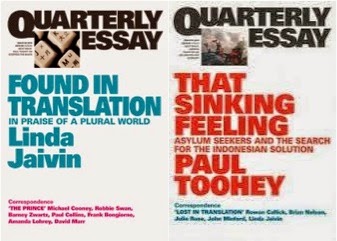
- That Sinking Feeling: Asylum Seekers and the Search for an Indonesian Solution (2014) by Paul Toohey
Richard Flanagan's Booker prize winning The Narrow Road to the Deep North was a stunning read and one I have thought about almost daily since finishing. I was so deeply touched by this story of love and war.
Helen Garner's non-fiction account of a murder trial, This House of Grief, was also a compelling read. The story of how Robert Farquharson was tried for drowning his three sons in a dam in rural Victoria was heartbreakingly brilliant.
Overall, I had a good year for reading and I have a number of books to tackle in 2015...

















